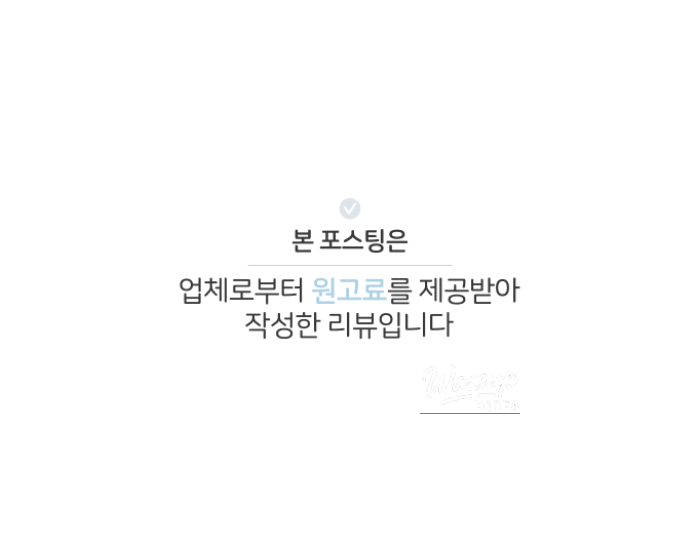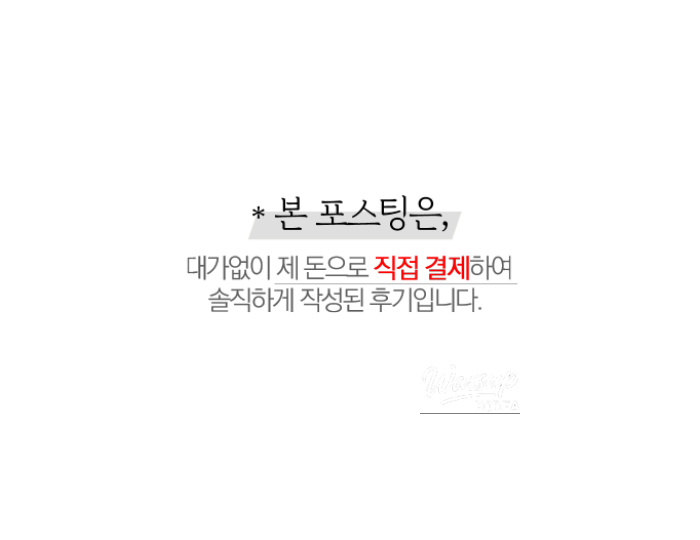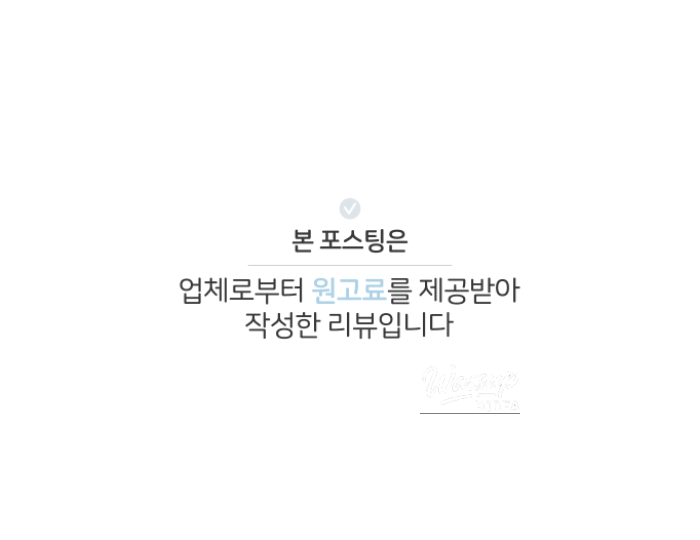A Visit to the National Museum of Korea: Remembering Sohn Kee-chung's Triumph and the Meaning of Liberation

Hello!
This is your INTJ younger sibling (bows).
I recently visited the National Museum of Korea and had the opportunity to see the special exhibition,
‘Conquering the World on Two Feet’!
This special exhibition commemorates the 80th anniversary of Korea's liberation in 2025!
It focuses on Sohn Kee-chung, a marathon runner who competed in the 1936 Berlin Olympics.
Although Sohn Kee-chung was Korean, Korea was under Japanese colonial rule at the time,
so he had to compete as a Japanese athlete.
He even had to change his name to ‘Son Kitei’
and wear the Japanese flag on his chest.
Despite winning the gold medal, Sohn Kee-chung looked sad,
because he ran with the Japanese flag instead of his country's flag.
Photos of this are on display at the National Museum of Korea.
Compare the photos from the Japanese newspaper with the photos from the Dong-A Ilbo, where the Japanese flag was removed!
Next are the gold medal, laurel wreath, and certificate that Sohn Kee-chung received for winning the 1936 Berlin Olympics.
These are on display thanks to a donation.
Sohn Kee-chung also received a bronze helmet at the time, which is estimated to be from 6th century BC Greece.
This helmet is currently designated as National Treasure No. 904.
-
Although Sohn Kee-chung set an Olympic record,
the Governor-General of Korea found him troublesome.
So, he was closely monitored, and Tokyo prevented Sohn Kee-chung
from competing in track and field events.
As a result, Sohn Kee-chung could not run
and worked as a banker until liberation.
After liberation, he is said to have been moved to tears,
waving the Taegeukgi (Korean flag) at the opening ceremony of the competition.
And here, as the coach of Seo Yun-bok,
he worked for marathon runners.
In 1947, at the Boston Marathon,
Seo Yun-bok won the race wearing the Taegeukgi on his chest.
The above photo is of the golden key and badge that Seo Yun-bok received in commemoration of his victory.
Also, you can see Seo Yun-bok smiling in the photo!
Sohn Kee-chung, who was Seo Yun-bok's coach,
carried the torch at the 1988 Seoul Olympics.
“When I am alive,
I, who won with another country's flag, will be holding the torch at the Olympics in our Seoul 50 years later.
That, for me, was a greater honor than winning the Berlin Olympics.
I was so happy that I expressed my joy in this way.”
- Sohn Kee-chung's interview during his lifetime -
It was an exhibition where I could understand the feelings of Sohn Kee-chung,
who ran for Korea but had to wear the Japanese flag.
I felt sad and proud at the same time!
This year marks the 80th anniversary of liberation,
a year to reflect on the meaning of liberation.
We were under colonial rule for 35 years,
but we were able to achieve liberation thanks to the efforts of many patriots.
Of course, the efforts of independence activists are remarkable here,
but there were also the efforts of people like Sohn Kee-chung,
who made Korea known to other countries.
Sohn Kee-chung, who ran thinking about Korea's liberation.
It was a meaningful exhibition because I could understand his heart and share the joy of liberation.
You can see the exhibition about Sohn Kee-chung along with various exhibitions at the National Museum of Korea,
so I hope you can go before the exhibition period ends!


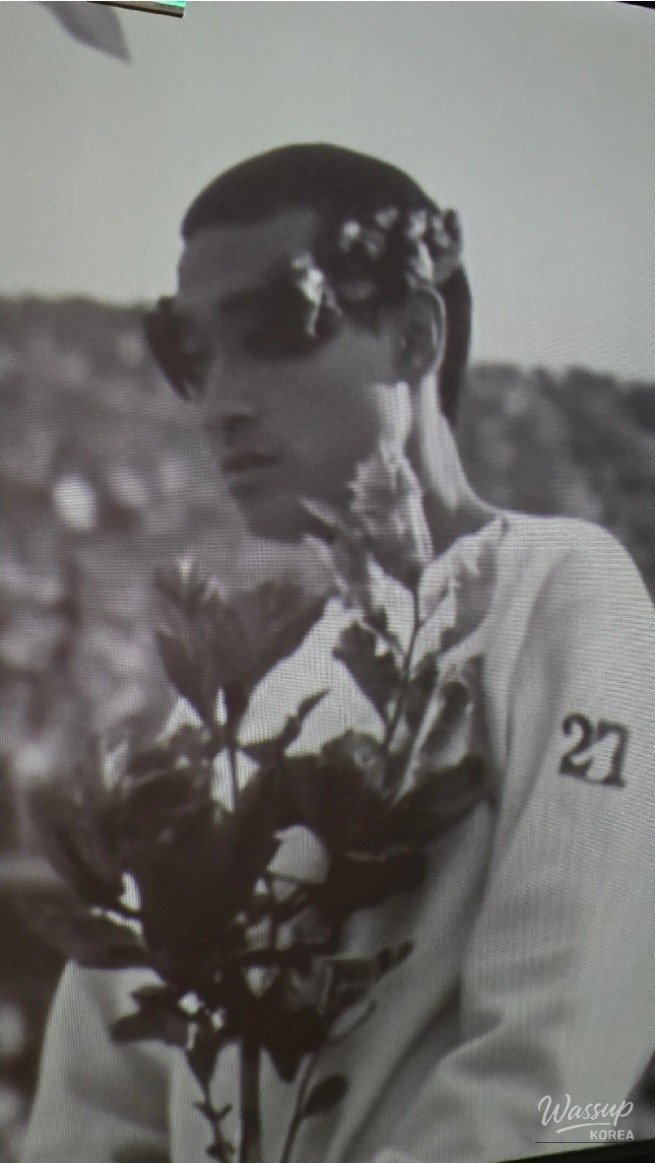
So, please show a lot of interest!
Exhibition Information:
Location: National Museum of Korea, Permanent Exhibition Hall 2F, Donation Room 1
Exhibition Period: 2025.07.25 ~ 2025.12.28
Summary: Special Exhibition Commemorating the 80th Anniversary of Liberation
*Free Admission (No reservation required)
*Hours:
10:00 ~ 18:00 (Mon, Tue, Thu, Fri, Sun / Last admission 17:30)
10:00 ~ 21:00 (Wed, Sat / Last admission 20:30)
I visited on a Tuesday, and it was really crowded.
I recommend taking public transportation rather than driving!
(Get off at Ichon Station)

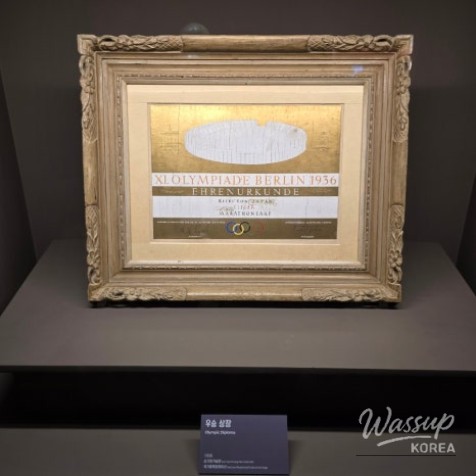


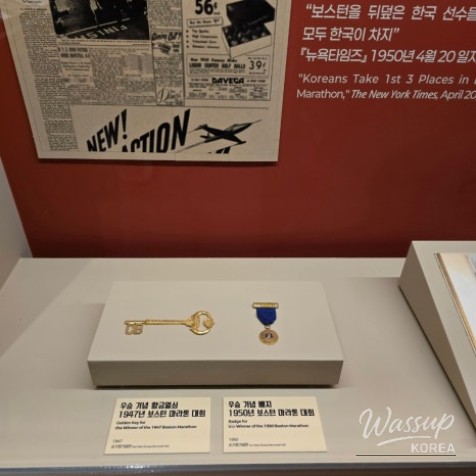
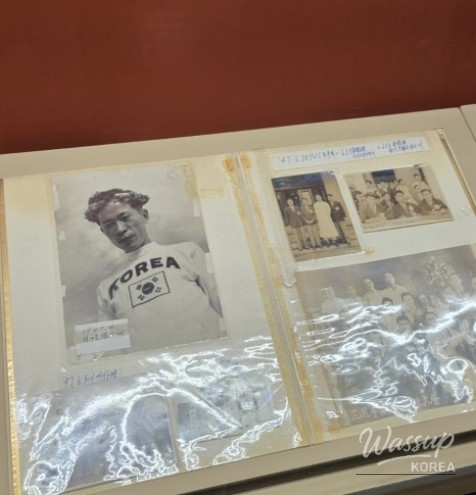
No comments yet.


